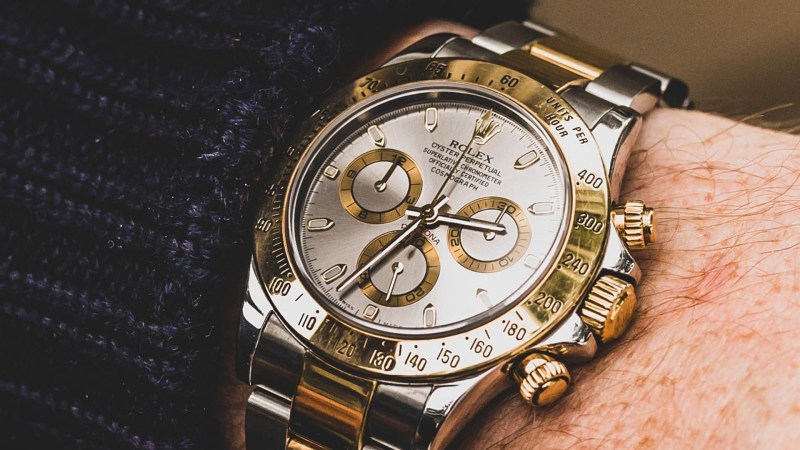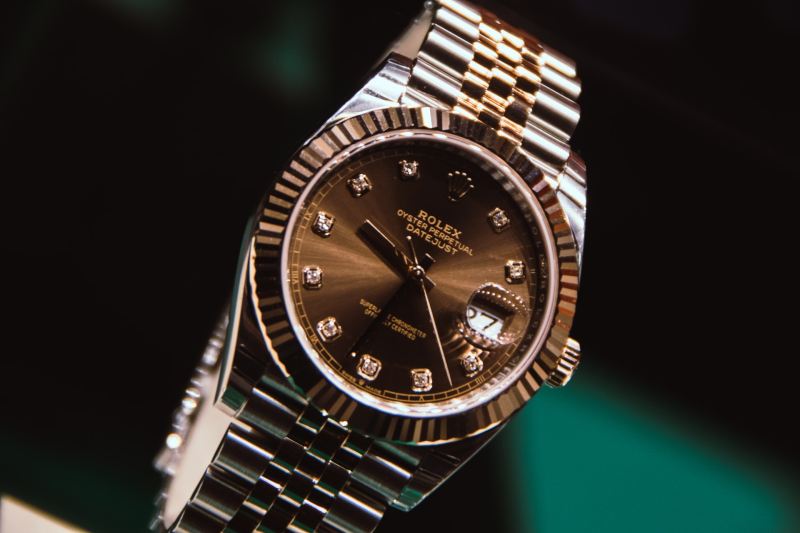There are a handful of world-renowned watch companies in Switzerland that dominate the global watch community. Getting your hands on a Swiss-made watch is similar to buying a car made in Detroit. Of course, while there is Omega, Tudor, and IWC, which are near the top of the brand pyramid, one brand stands above the rest. Rolex.
There are tons of reasons to buy a Rolex watch. Not only has the company dominated the industry with some of the most sought-after watches on the market for a century, but it is also responsible for some of the most iconic men’s watches in history, including the Rolex Submariner. But there may be an even better reason to invest in one of these luxury timepieces — it may help others more than you have ever thought possible. While you may have heard Rolex donates 90% of its profits to charity; that may not be too far off from the truth.

Is Rolex a nonprofit?
The easiest way to answer this question is to say no. But the more complicated answer is that Rolex, as a company, is extremely profitable, with an estimated annual unit production of around a million watches and an estimated annual revenue of about $10 billion. Why are they estimates? Because Rolex is owned and operated by a nonprofit organization that doesn’t have to release its financials to the public.
When Hans Wilsdorf, the owner and founder of Rolex, died in 1960, he didn’t have an heir to leave the company to. In an effort to ensure the company’s and his values survived, he left the entirety of the shares to the Hans Wilsdorf Foundation. Since then, it has been run by the Foundation. So the $10 billion in revenue Rolex makes goes straight to the foundation. Is Rolex a nonprofit? No. But it is owned and operated by one. So … yes? Is that clear as mud?

Is your Rolex a charitable donation?
Now that we have cleared up the nonprofit question in the most complicated way, let’s look at where the money you spend on a Rolex goes. Of course, running a global brand like Rolex and being the face of Swiss watchmaking isn’t cheap. So a good chunk of the $10 billion annual revenue goes to keeping the lights on and the salaries of the watchmakers, sellers, and certifications current. The rest of the money goes to three different streams of charitable foundations.
Social action is the first. The Hans Wilsdorf Foundation supports local social projects in Geneva and all over the world in an effort to help the environment and other social actions. The second is training and education, where the foundation focuses on grants and scholarships. The third is culture, where the foundation works to further music, theater, and the arts around the world.
So you may not be able to write off your Rolex purchase as a charitable donation, but you can feel great knowing that the money you spend is not lining the pockets of a greedy executive, but it is instead, it’s going to help those who need it. Is Rolex a nonprofit? No. But it certainly operates like one.
Editors’ Recommendations
Credit: Source link
